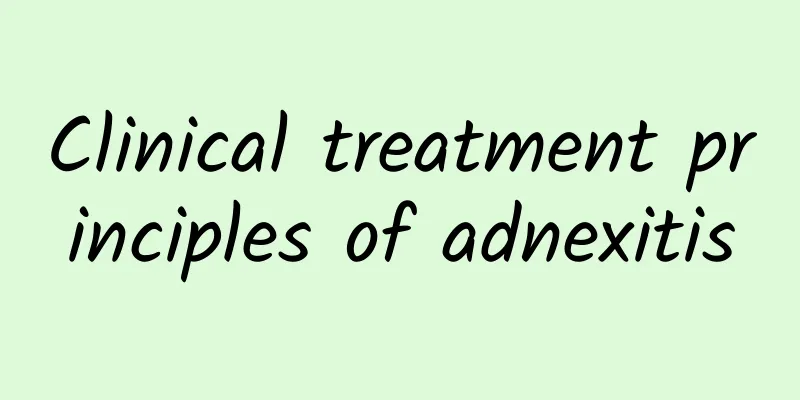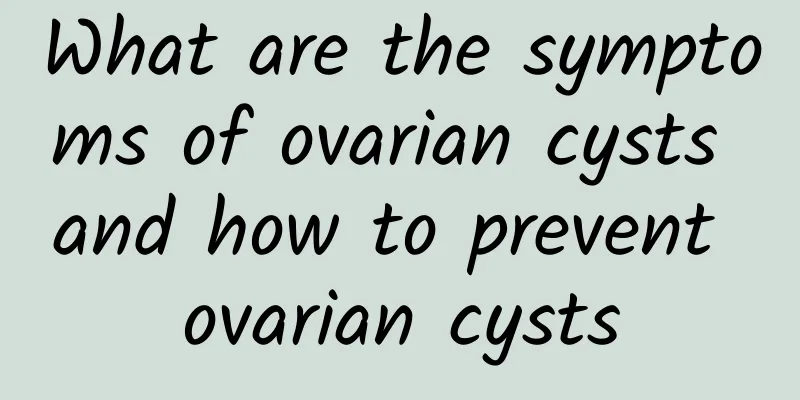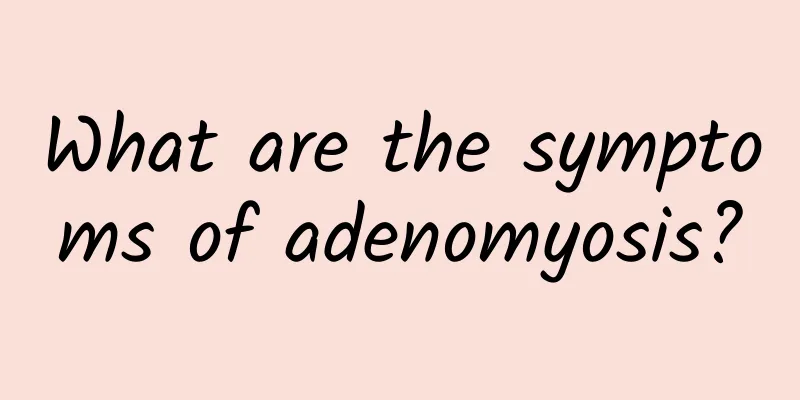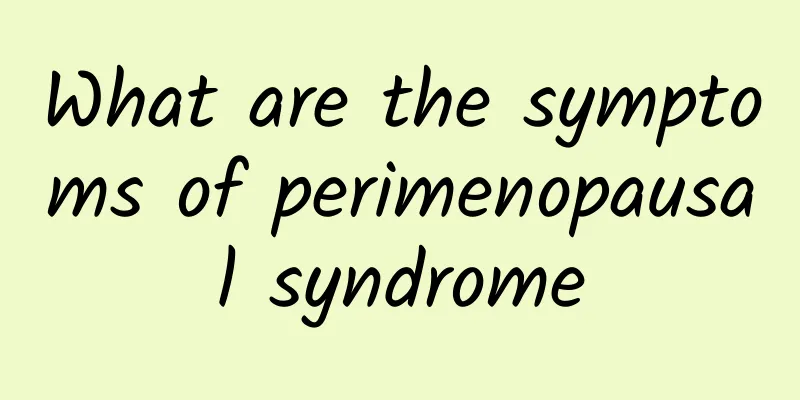Clinical treatment principles of adnexitis

|
Adnexitis mainly includes gynecological diseases such as salpingitis, oophoritis, and pelvic inflammatory disease. The clinical treatment mainly follows the following principles. 1. Infection control principles Regardless of the type of adnexitis, the first thing to do during treatment is to control the inflammatory infection and use strong, large amounts of antibiotics to reduce inflammation, such as cephalosporin, ampicillin, metronidazole, etc. 2. Principles of treatment based on classification Acute pelvic inflammatory disease is a common type of inflammatory disease among adnexitis, which is mainly divided into two types: mild and severe. The treatment of mild acute pelvic inflammatory disease is mostly based on intravenous drip of penicillin, amikacin or metronidazole; the treatment of severe acute pelvic inflammatory disease generally requires the simultaneous use of two or more antibiotics. 3. Principles of surgical treatment Generally speaking, surgical treatment of adnexitis is based on the ineffectiveness of drug treatment. If an abscess has formed and the body temperature continues to not drop after 48 to 72 hours of drug treatment, and the symptoms of poisoning are significantly aggravated or the mass shows signs of enlargement, drainage and resection should be performed immediately. In addition, if the patient suddenly develops symptoms such as increased abdominal pain, high fever and chills, nausea and vomiting, and even toxic shock in severe cases, laparotomy should be performed immediately to prepare for surgical treatment, as this may be caused by a ruptured abscess. 4. Principle of symptomatic treatment Symptomatic treatment of adnexitis is very important. If the patient has anemia, he should be given a small amount of blood transfusion immediately and nutrition should be strengthened. If the patient has obvious local pain symptoms, he can be given appropriate analgesics or injections. |
<<: What are the contraindications for abortion surgery?
>>: Typical symptoms of patients with hyperplastic vulvar leukoplakia at different stages
Recommend
What are the symptoms and signs of ectopic pregnancy?
What are the symptoms and signs of ectopic pregna...
Where do single women's gynecological diseases come from? These points may be more critical than you think
In today's increasingly information-rich worl...
Japanese survey: Okinawa, the holy land of longevity, ranks first in obesity rate
However, data from a national health survey recen...
What to do if your menstruation is not stable
What to do if your menstruation is irregular? Irr...
How to treat after miscarriage? Miscarriage is very harmful to women, so you must pay special attention to it.
After a miscarriage, you need to take good care o...
Experts explain what are the symptoms of ectopic pregnancy?
Do you know the symptoms of ectopic pregnancy? Ho...
What are the specific preventive measures for dysmenorrhea?
Dysmenorrhea is very common in life, and many peo...
Precautions after microtubule visual painless abortion
In the advanced medical technology of modern soci...
Clinical manifestations of hyperprolactinemia
Hyperprolactinemia is a very common disease, whic...
Experts analyze the causes of vaginitis in daily life
Patients with vaginitis all know that there are m...
Be alert to the prevention and treatment of cervical precancerous lesions
What are the methods for preventing and treating ...
What are the symptoms of chocolate ovarian cysts and what to do
The treatment principles of chocolate ovarian cys...
Knowing more about the symptoms of adnexitis can help patients
In recent years, with the increasing incidence of...
What medicine should I take for uterine adnexitis?
What medicine should be taken for uterine adnexit...
How to use hysteroscopy for differential diagnosis of functional uterine bleeding?
Hysteroscopy has become an indispensable means to...









